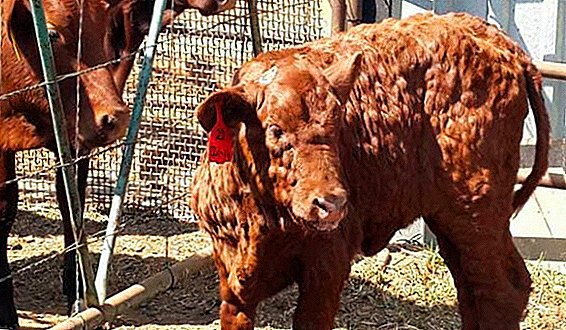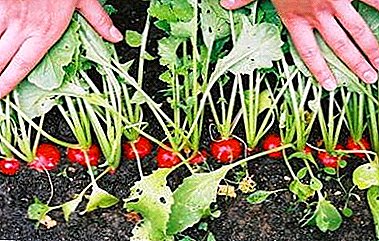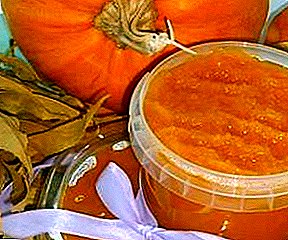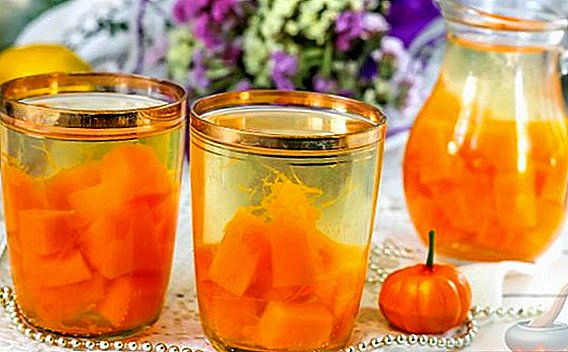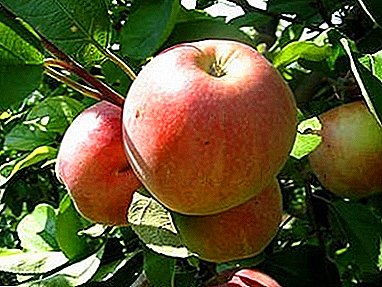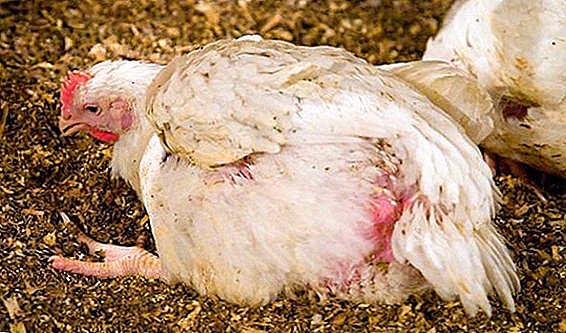
As the population grows, there is a need to increase meat production. Kokhinkhin chickens are particularly popular, as this breed is not capricious and may be suitable for growing for eggs or meat.
Next we will talk about one of the most beautiful varieties - kohinkhin blue.
Origin
The name of the breed has much in common with the southeast terrain. In Indochina, the Cochinquin genetic ancestors were divorced. You can not 100% say about their origin.
Many experts say that such birds were bred in Vietnam. They were used to decorate the yard, and only the richest could afford to buy a blue breed.
Also worth noting about the appearance of this species in China, as evidenced by written resources. Chickens lived in the palace of the emperor, in addition, they were made to present as a presentation to foreign diplomats. Some subspecies were bred in Shanghai, therefore, they began to call the Shanghai hens.
A photo
In the photo you can see chickens Cochinquin blue.




Appearance and signs of breed
This type of Cochinquin is the second most popular. Chickens are called blue because of the color of feathers - they have gray-blue. The collar, wings, back and head have a black shade. Bottom down can also be white.
Note! Feathers have a velvety texture, and those individuals with a brown or red tint on the tail are considered defective.
The man who first saw the blue Kokhinkhin, will understand that the dimensions of such hens are quite large. Representatives of this breed have:
- Muscular broad chest.
- Short wide back.
- Bending when going from shoulders to neck.
- Small head.
- Yellow beak.
- Neat scallop leaf-type.
- Long wings that hide under the plumage.
- Red-orange eyes.
Quantitative data
This breed is considered economic. Chicken egg production ranges from 100 to 120 eggs per year. In order to breed a blue Cochin, it is important to take into account many features. This species loves soft ready-made feeds. If you comply with this condition, then when slaughtering the meat will be soft and tender.
Advantages and disadvantages
In Russia, this breed is very popular and common. This can be explained by such advantages:
- Resistance of young and adult individuals to changes in housing conditions, as well as to temperature and humidity.
- High egg production of laying hens, which start laying eggs as early as 6 months. During the spring and winter, one individual can lay from 100 to 120 eggs. Each of them will weigh approximately 60 grams.
- Growth rate and weight gain are quite large. For 4 months of life, the youngsters gain about 2.5 kg. Adult chicken weighs about 3-6 kg.
- Blue Kohinquin meat has excellent taste.
Each breed has its drawbacks. As for this, they can be represented as follows:
- The comb is too big.
- Big bulging eyes.
- Pale lobes.
- Small plumage plus.
- The chest is not wide enough.
- The back is very long.
Important! However, despite this, farmers still love this breed due to the fact that it has good egg production and meat of excellent quality.
Maintenance and care
Keeping chickens in the household is not as difficult as it seems, since such a breed is unpretentious. She can hibernate and sweep in a standard henhouse. By its nature, the breed is phlegmatic, she likes a calm and hidden shelter.
Like ordinary chickens, kohinhyn blue does not know how to fly, so you should not make too high roosts for layers.
Feeding hens
Such chickens feed as well as other varieties. And for the full weight gain is not superfluous to adhere to a particular regime. You can give them wet or dry food. You need to make a diet of different types of cereals:
- Oats
- Corn.
- Peas.
- Wheat.
- Rape.
Salt, flour, potatoes and other vegetables are often added to cereals. Also do not forget about vitamins and water.
Blue cochinquin has a lazy nature, so it is very prone to obesity. It is important to ensure that chickens do not gain weight very sharply, otherwise health problems may begin.
- Characteristics of the breed of hens Cochin black.
- What is the difference between the breeds of Brahma chickens and Cochinham
Breeding
Breeding is possible in the following ways:
- Purchase hatching eggs and hatching.
- Buying chickens or mature individuals, and after breeding poultry from an incubation egg.
Conclusion
In conclusion, it is worth noting that the blue kokhinhin is not only beautiful, but also very tasty, as well as the egg-laying bird. If you want to breed her, just take into account the information presented above.




